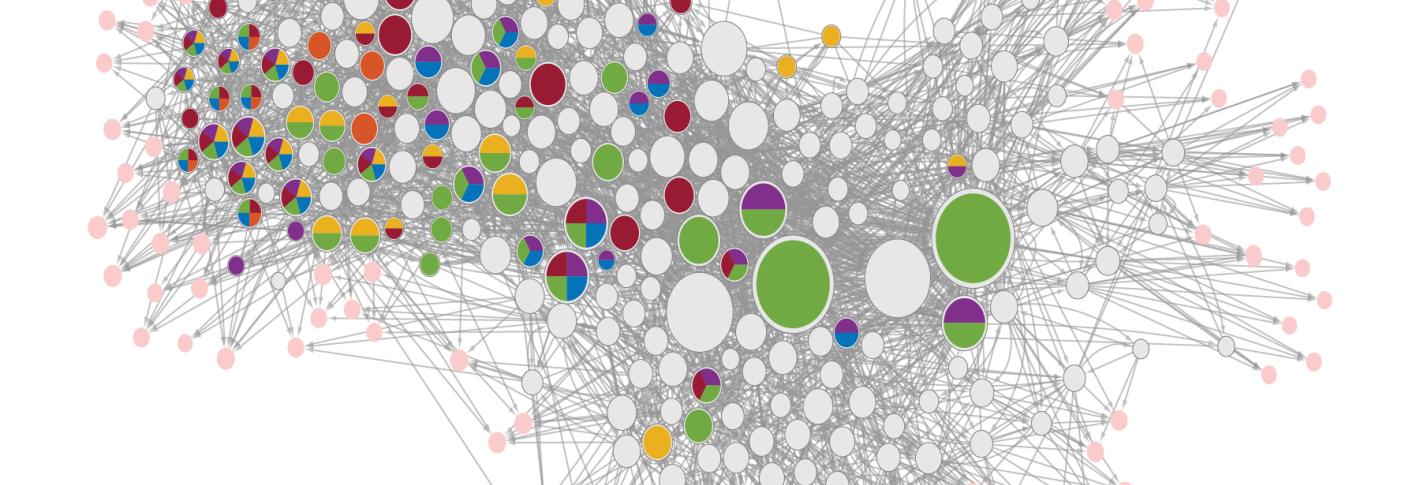Without key extracellular protein, neuronal axons break and synaptic connections fall apart
MIT scientists find evidence that a protein common to flies and people is essential for supporting the structure of axons that neurons project to make circuit connections. When those break down, the connections follow suit.


